The West Village is known for many things — crooked streets, boutiques, elegant townhouses. But if a Houston-based energy company has its way, it could soon be known as something entirely different: a transshipment point for hydrofracked natural gas. The prospect of the first new energy pipeline to come to Manhattan in decades is causing an uproar on both sides of the Hudson.
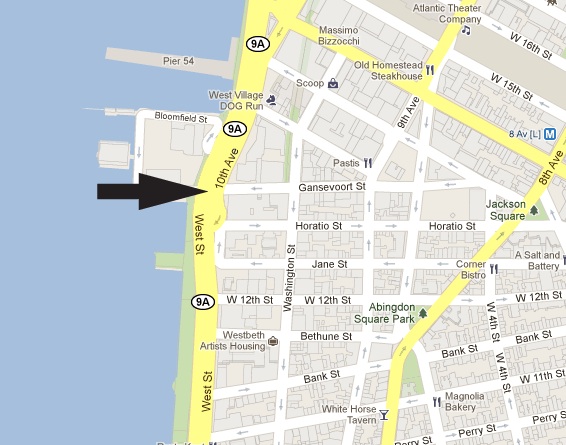
Spectra Energy Transmission, a major natural gas infrastructure company, appears ready to receive final permission from the Federal Energy Regulatory Commission (FERC) to construct a 16-mile-long pipeline located less than a mile to the west of The New School’s Greenwich Village campus. The pipeline would bring 800 million cubic feet of natural gas per day to the foot of the Gansevoort Peninsula on the west side of Manhattan.
The project would connect the city to a nationwide natural gas network that extends from the Gulf of Mexico to the Canadian Maritime Provinces. But the pipeline will also give the city increased access to hydrofracked natural gas from the Marcellus Shale, an immense geological formation that encompasses much of southern New York, Pennsylvania, and West Virginia. That part of the plan is a growing concern for local residents and environmentalists alike — including those at The New School.
Lang senior Lou Wright is a member of ReNew School, a sustainability advocacy group that is also registered as an official commenter with FERC. According to Wright, the pipeline’s benefits will come at the expense of “thousands of American citizens” who, because of the fracked gas feeding the Spectra pipeline, will have to cope with “loss of safety, loss of clean water, loss of water to farm with, loss of the ability to sell and insure land, loss of the ability to depend on existing water purification systems, and the loss of all of the things clean water represents.”
But others, including Mayor Michael Bloomberg, say the pipeline is not only necessary but environmentally friendly, as the natural gas made available to the city would, hypothetically, be replacing dirtier forms of energy.
Hydraulic fracturing is an unconventional and relatively new process where natural gas is released from rock by injecting chemically-infused water deep underground at high pressures. It has vaulted into the national consciousness in the last decade, as energy companies have raced to gain access to natural gas once considered inaccessible.
The controversial process has been implicated in the contamination of water tables in many places where drilling has occurred. Many water sources near gas drills see greatly elevated levels of methane, the principle component of natural gas.
The 16-mile long pipeline would snake through densely populated areas of Staten Island, Bayonne, Jersey City and Hoboken before crossing under the Hudson.
One study, published in the Proceedings of the National Academy of Sciences, found that 85 percent of upstate New York water wells situated a kilometer away from gas wells contained methane. In addition, average methane levels within these regions were 17 times higher than normal.
The study reported that “average and maximum methane concentrations in drinking-water wells increased with proximity to the nearest gas well,” and that in several observed cases methane concentrations were so high as to pose “a potential explosion hazard.”
An infamous scene in the 2010 documentary “Gasland” shows that methane levels in the municipal water supply of Dimrock, Pennsylvania are so high that some residents can light their tap water on fire.
Much of the opposition to the pipeline from activists in New York City comes from their dislike of fracking. But opponents of the pipeline on the opposite side of the Hudson are motivated by a much more visceral concern. Many in New Jersey worry that the pipeline — which is being constructed for the benefit of New York — poses a safety risk beyond contaminated water.
The website set up by Spectra Energy in support of the project, YesGasPipeline.org, promises that it “will be one of the safest natural gas pipelines ever built in the United States.” Still, some New Jersey residents remain concerned about the pipeline.
Dale Hardman has lived in Jersey City for almost 30 years. Before, he spent time working for a BP-contracted company on a drilling rig in Alaska. His fears about the pipeline motivated him to start a website, NoGasPipeline.org, which conducts anti-pipeline outreach efforts in northern New Jersey.
“Spectra won the project because they made the lowest bid, and they were able to make the lowest bid because, unlike the others, they’re building the pipeline over land,” he said. “We live in one of the most densely inhabited parts of the country. When it comes to accidents, we’re living in what the gas industry calls a ‘high-consequence area.’”
In the Bay Area suburb of San Bruno, California, on the evening of September 9, 2010, a gas pipeline owned by Pacific Gas & Energy erupted without warning. Eyewitnesses later told investigators that the initial blast caused a wall of fire that rose more than 1,000 feet in the air. The resulting blaze killed at least eight and injured 60 in the dense residential area.
After the fire subsided, residents returned to find a crater 167 feet wide. An investigation by the National Transportation Safety Board later found that the explosion — so large, it caused tremors that registered as an earthquake with the U.S. Geological Service — was caused by easily preventable flaws in the pipe’s construction. The Los Angeles Times reported in January that federal investigators discovered numerous examples of defective welding in the surviving parts of the pipeline.
According to the Pipeline and Hazardous Materials Safety Administration, 310 people have been killed by natural gas pipeline explosions since 1995.
The San Bruno pipeline was installed in 1956, and pipeline technology has been improved in the intervening decades. However, officials in the New Jersey communities where the pipeline would be laid are finding themselves in the dark, unsure how to deal with what they see as a potential threat.
“It’s nothing we’ve had to deal with before,” said Sandra Sung, the city planner of Jersey City.
More than one-third of the pipeline is planned to run through Jersey City, and Sung was told that the blast radius of the pipeline was 600 feet.
“That’s the size of a city block; not street to street, but avenue to avenue,” she said. “It’s a threat to many businesses and homes in the heart of this city.”
A statement issued by Spectra in response to residents’ safety concerns said that “natural gas pipelines have a long record of operating safely and are the safest mode of transportation in the United States.”
But federal regulators have taken issue with Spectra Energy in the past. When the Pipeline and Hazardous Materials Safety Administration, or PHMSA, inspected the company’s Operating and Maintenance Plan in Houston this June, it saw fit to cite Spectra for 17 “inadequacies.” It was the the third time this year that PHMSA had issued Spectra with a notice of probable violation.
The report, publicly available on PHMSA’s website, says that the regulatory body found Spectra’s emergency plans were inadequate, and that its welding procedures fell below standard. Defective welding caused last year’s San Bruno disaster.
The mayors and city council members of Hoboken and Jersey City are unanimous in their opposition to the pipeline — a rare political feat — and it is easy to see why: from their perspective, their cities are being asked to pay a price and bear a substantial risk for a project whose benefit would go almost exclusively to the city of New York. Mayor Jeremiah T. Healy of Jersey City explained his opposition to the plan to The New York Times.
“We run all the risk, and our friends to the east get all the benefit,” he said.
But the Spectra pipeline has inspired relatively little discussion on the other side of the Hudson.
One reason might be that, although the pipeline has few public officials willing to back it, it has the one ally who counts: New York City Mayor Michael Bloomberg.
Bloomberg has been a strong advocate of the project, even as his own city council members and future mayoral candidates have come out against it.
At a press conference on October 27, Bloomberg openly backed the pipeline, saying that criticism of the plan was misplaced.
“My understanding is there’s virtually no natural gas anymore, almost none, that’s not done with fracking,” he said. “Almost all gas throughout the country comes from that. And there’s no free lunch. You’re gonna have choices. You want more nuclear? Do you want more coal? Do you want more natural gas?”
Under Bloomberg, New York has been trying to modernize its heating and energy supplies. Many buildings still use heating oil, which is a relatively unclean source of energy.
Natural gas, which is at historically low prices thanks to fracking, seems to some like an excellent substitute. Bloomberg’s office makes the case that natural gas is an environmentally friendly proposition for the city: once extracted, it is among the cleanest fuel there is.
“In terms of cleaning up the city’s energy supply, this is a great investment,” Caswell F. Holloway, Mayor Bloomberg’s deputy for operations, told The New York Times.
If New York switched from heating oil to conventionally extracted natural gas, it would be, by most accounts, beneficial for the environment. But some say that the additional pollution from the fracking process should be included in New York’s calculus.
One study from a group of Cornell professors, published in the journal Climatic Change, strongly disputes the assertion that fracked gas is better for the environment then other sources of energy. Methane, released into the air during the drilling process, is one of the most potent greenhouse gases, many times more effective at trapping heat than carbon monoxide.
“Compared to coal, the footprint of shale gas is at least 20 percent greater and perhaps more than twice as great on the 20-year horizon,” the study concluded.
The Spectra pipeline is a case of potent environmental trade-offs. In encouraging the use of natural gas, the city is improving its own, immediate environmental prospects. But in return, it’s outsourcing pollution to communities up and down the Appalachian range.
Lou Wright, from ReNew School, said the Bloomberg administration’s attitude is a microcosm of how politics can influence environmental problems. He criticizes the unwillingness of political leaders to think about consequences outside of territorial borders.
“Bloomberg, to be fair, is the mayor of New York. And it is not his job to give a shit about anything outside of the political boundaries of NYC. But the truth is, fracking is a larger issue,” Wright says. “The city is tied into systems that run far beyond its political boundaries.”
Now in the final stages of the regulatory vetting process — October 31 was the last day the Federal Energy Regulatory Commission would accept public comment — the pipeline appears to be heading for approval. A final decision is expected next year, with a vote by the five-member commission that heads the body coming as early as next spring. Three of the commission’s five members are Bush administration appointees.
Reporting by Harrison Golden

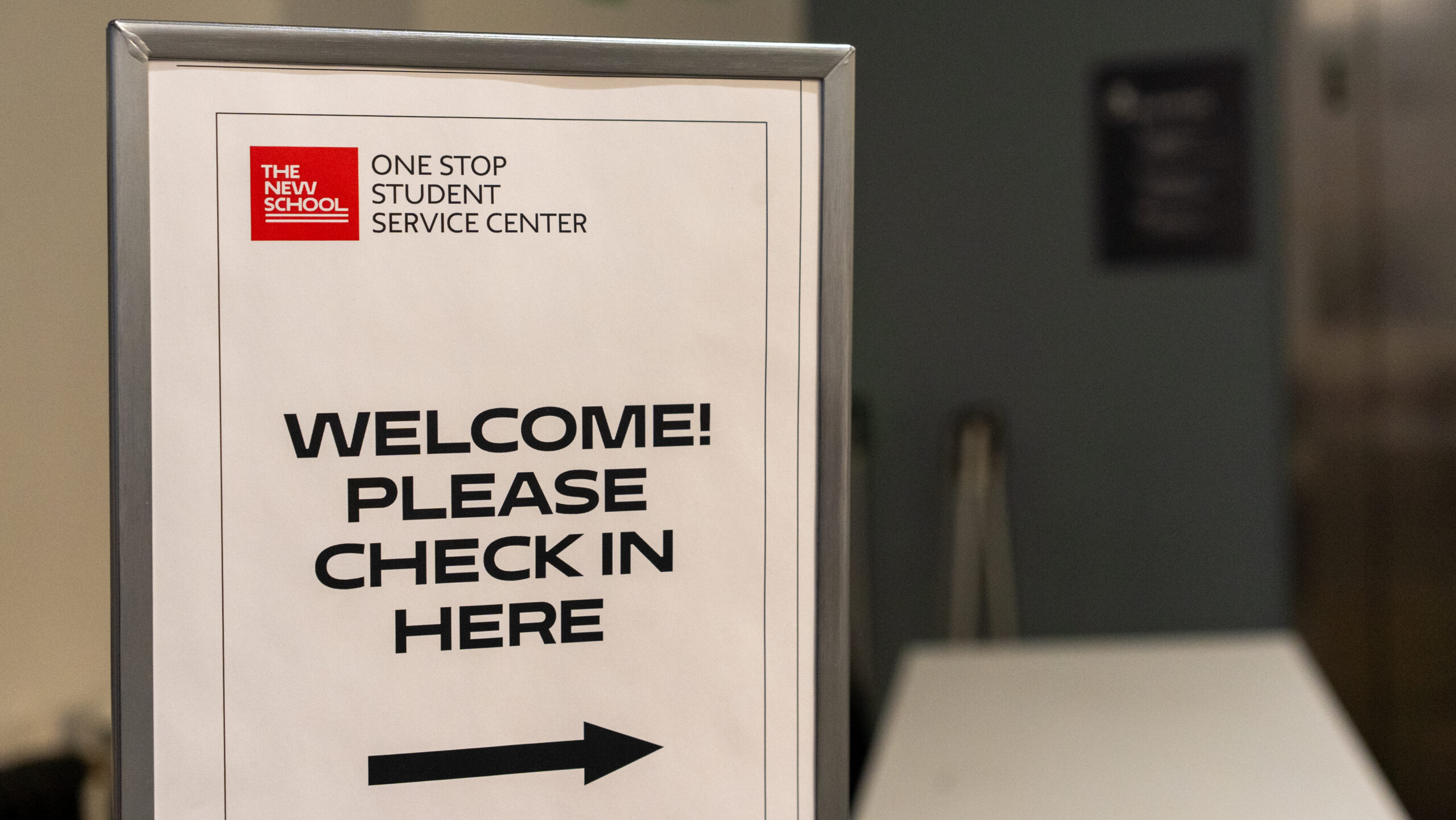
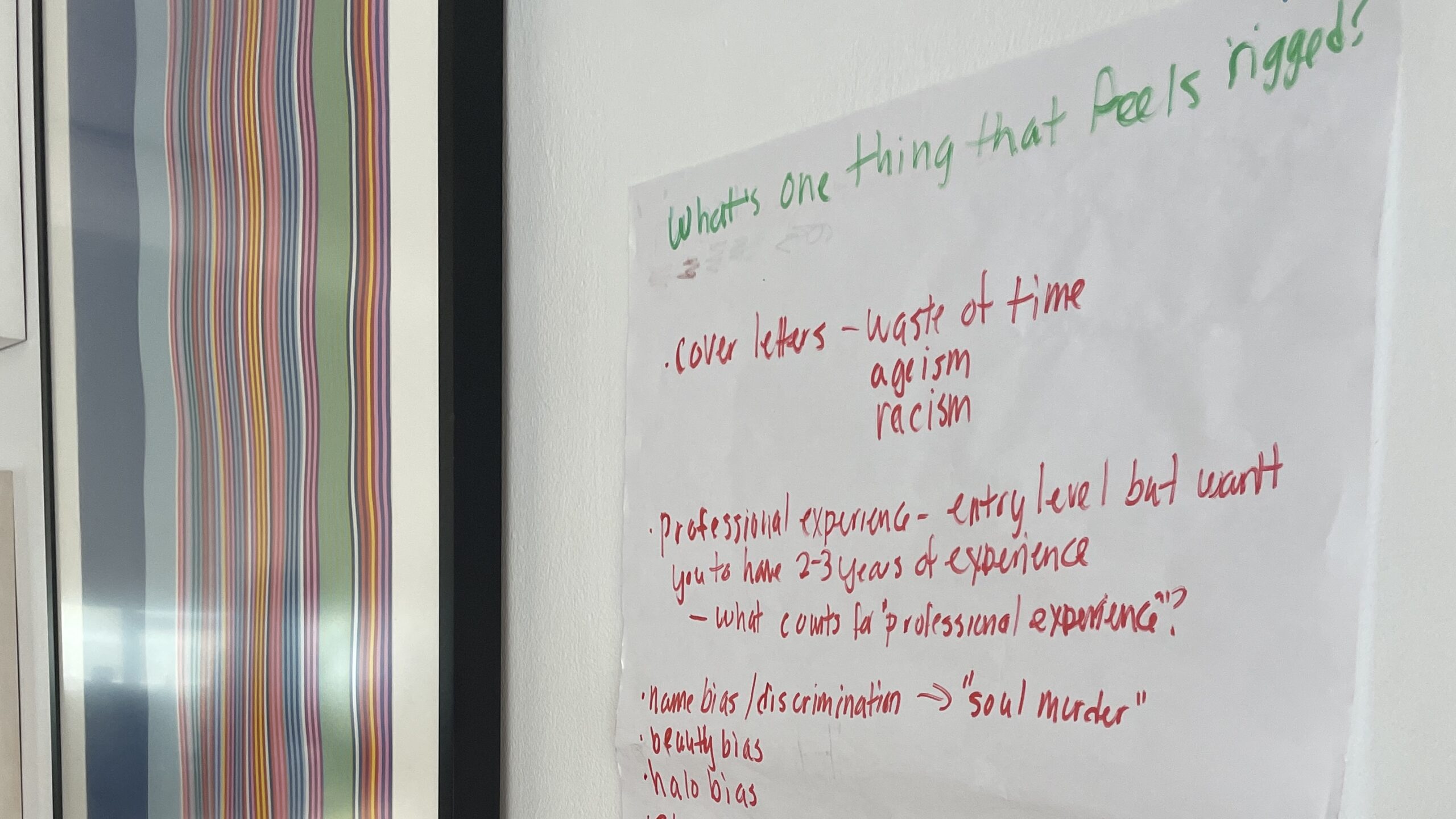
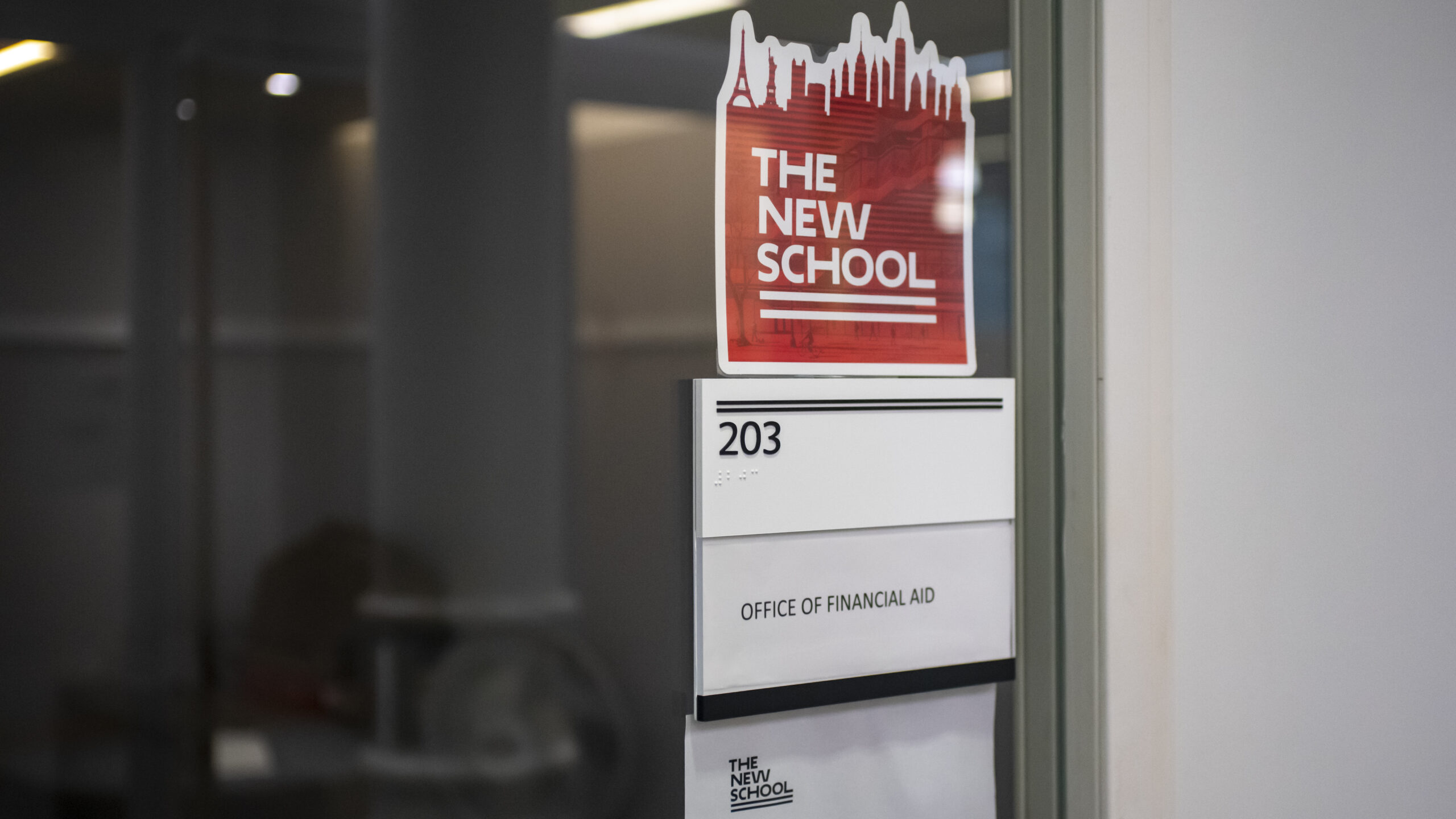
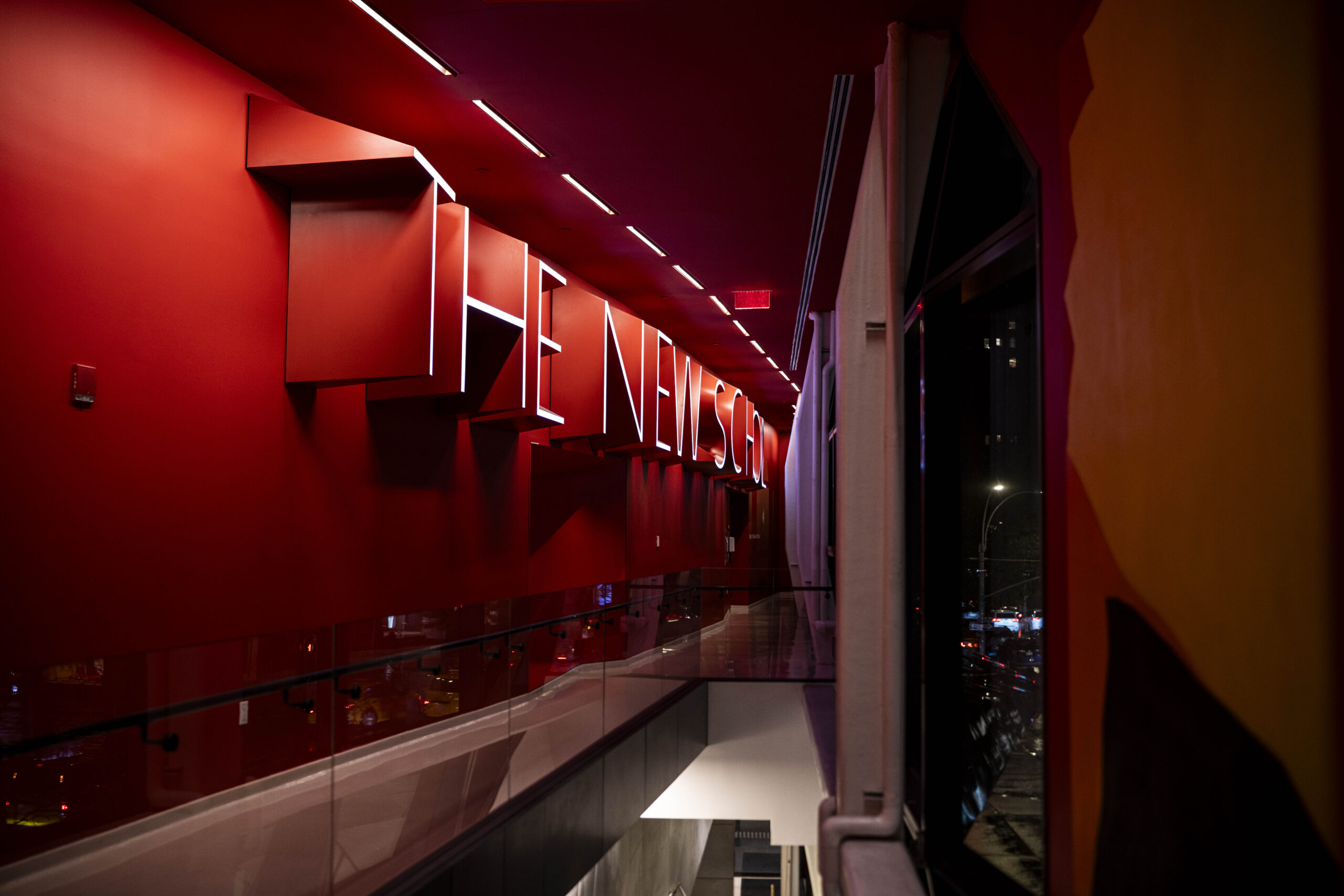
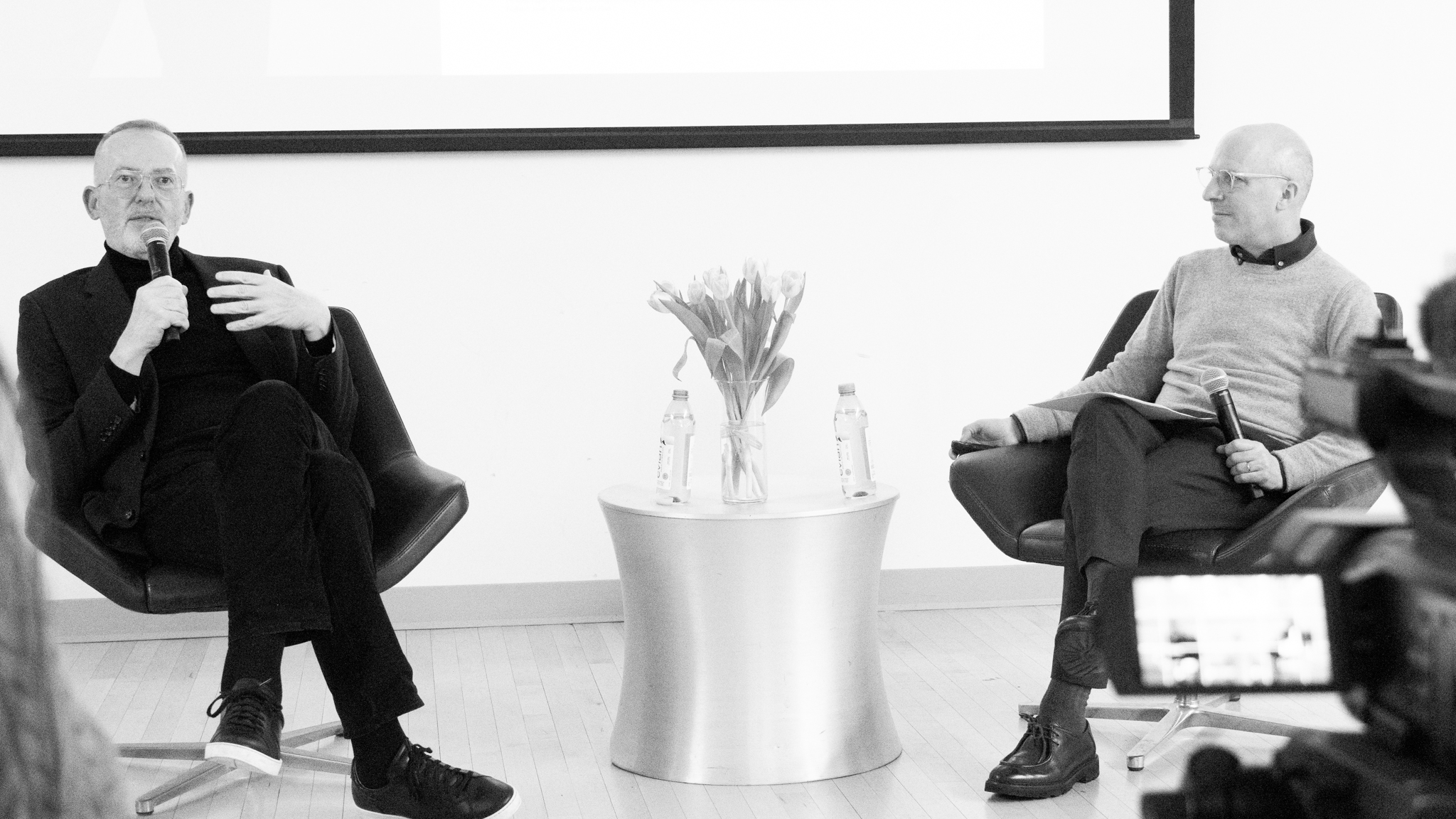

Leave a Reply